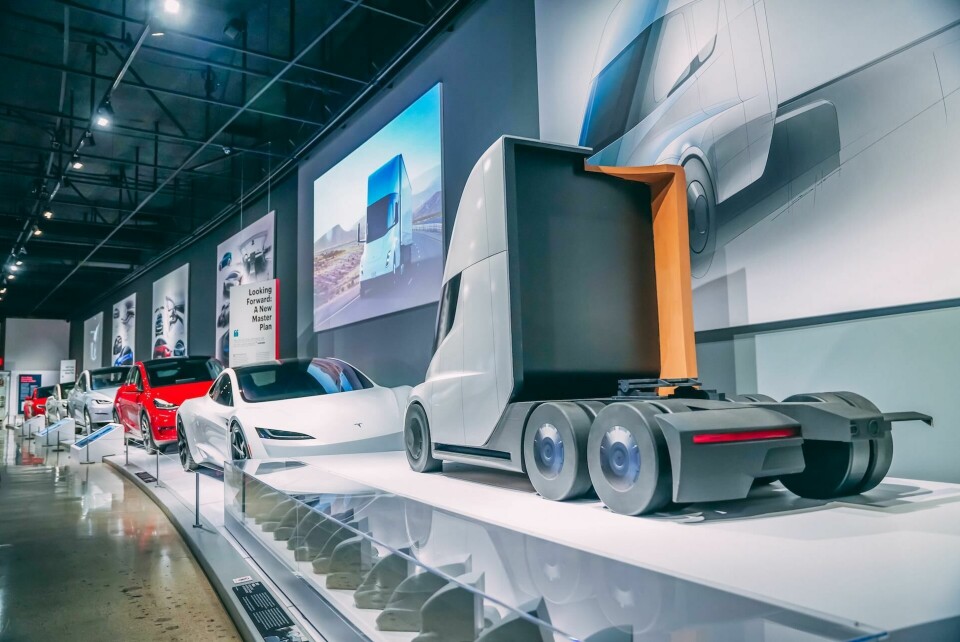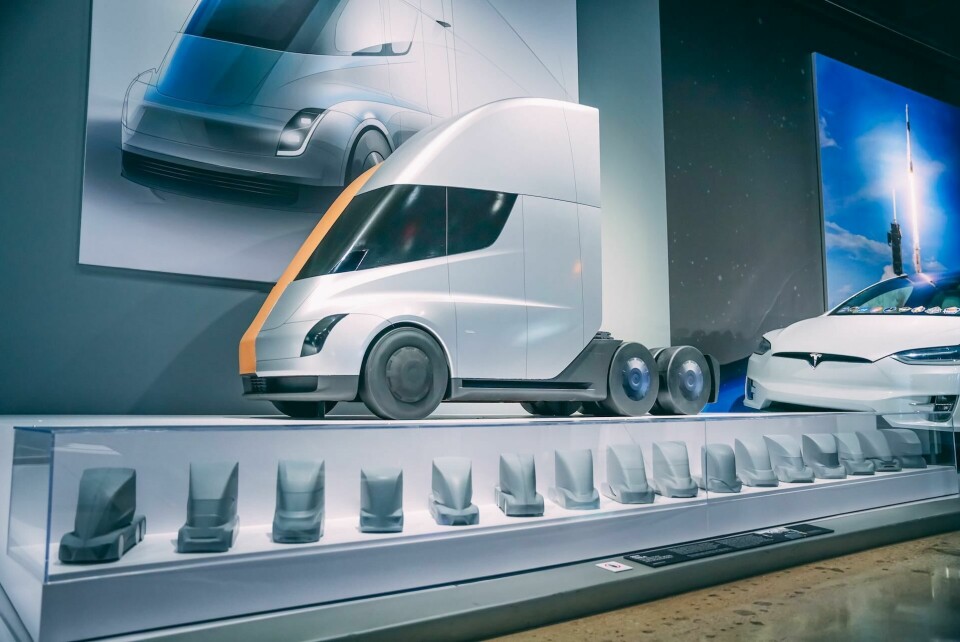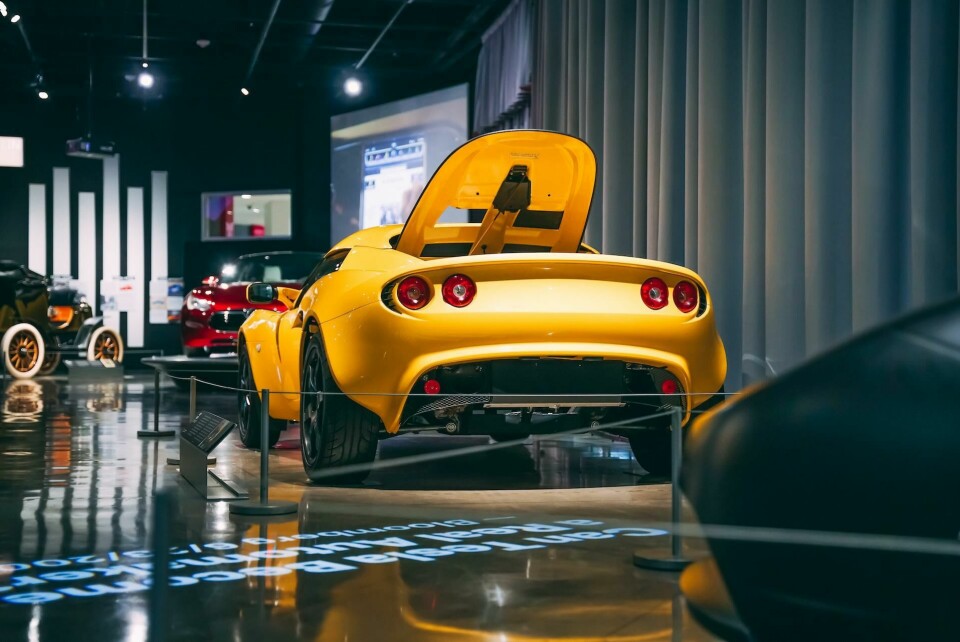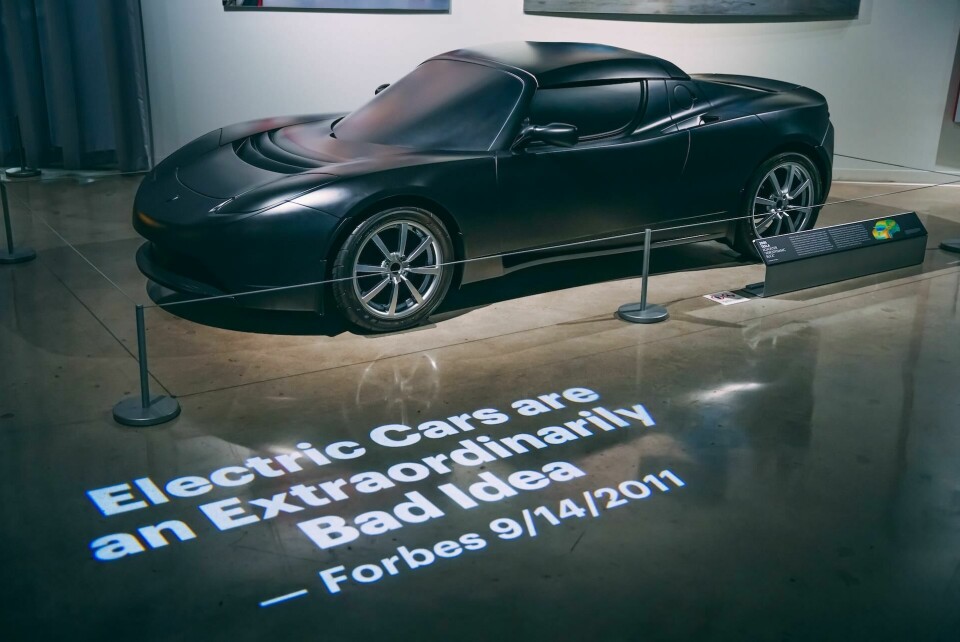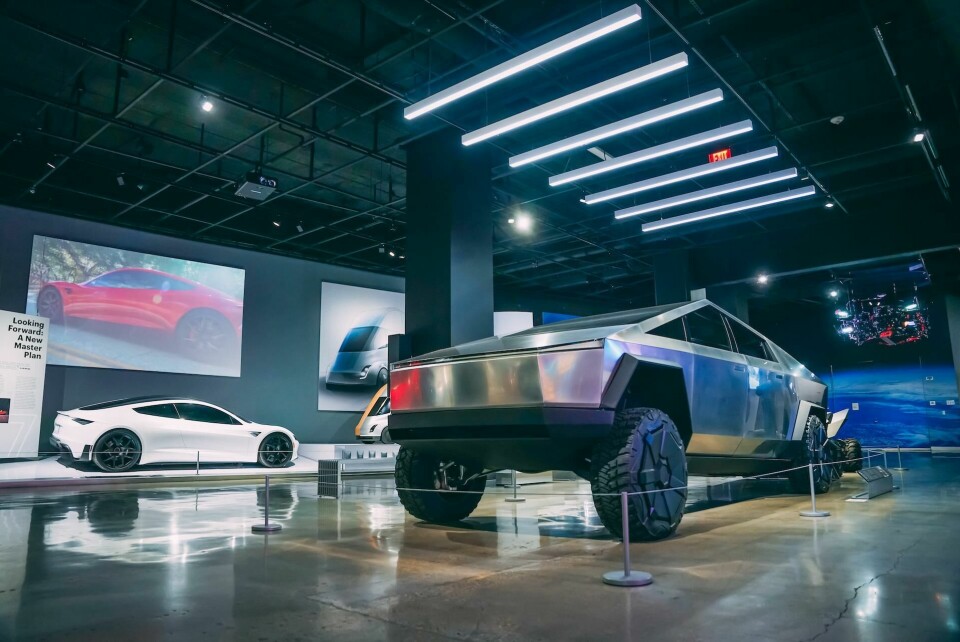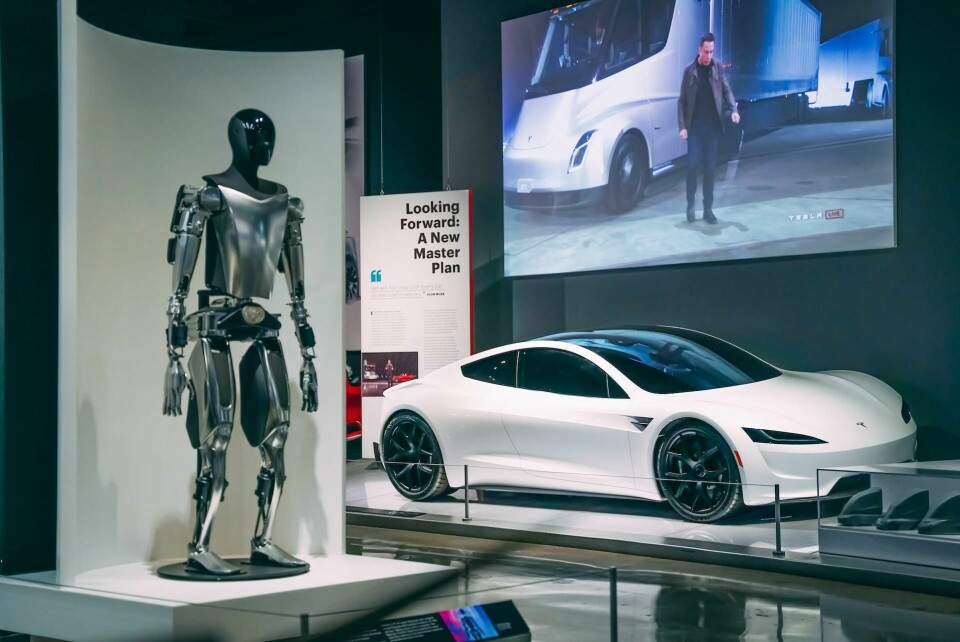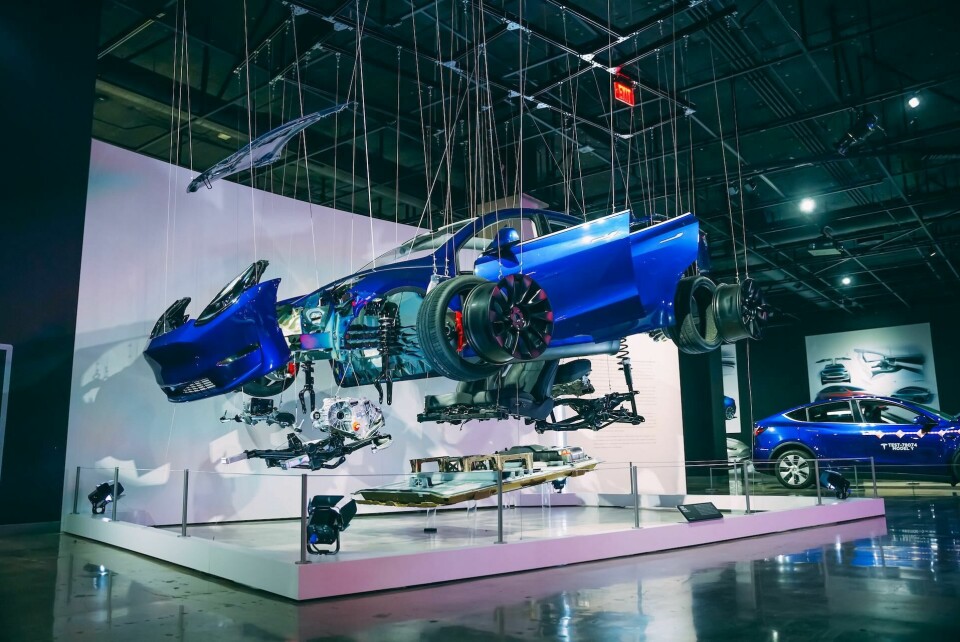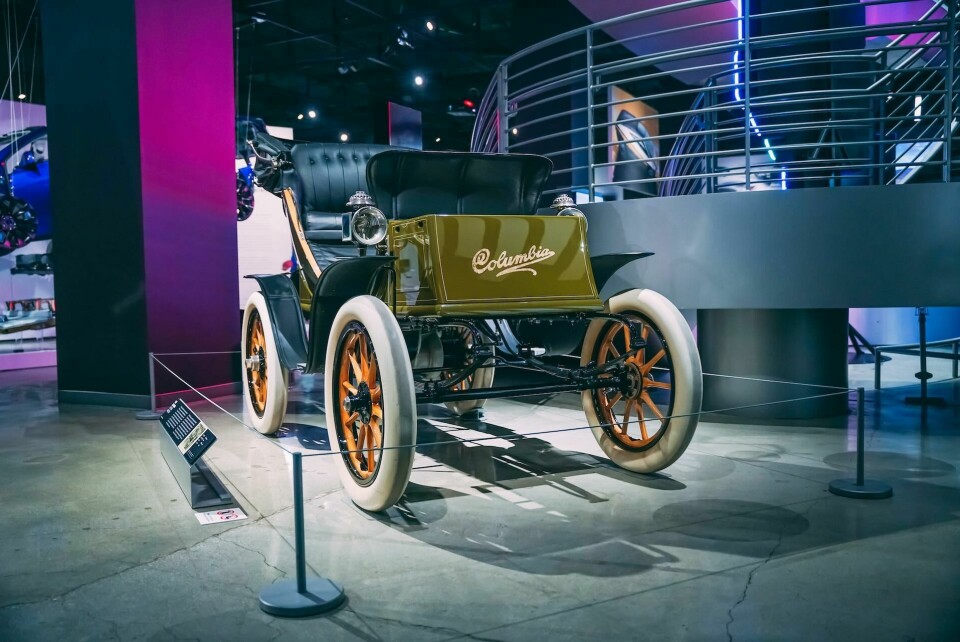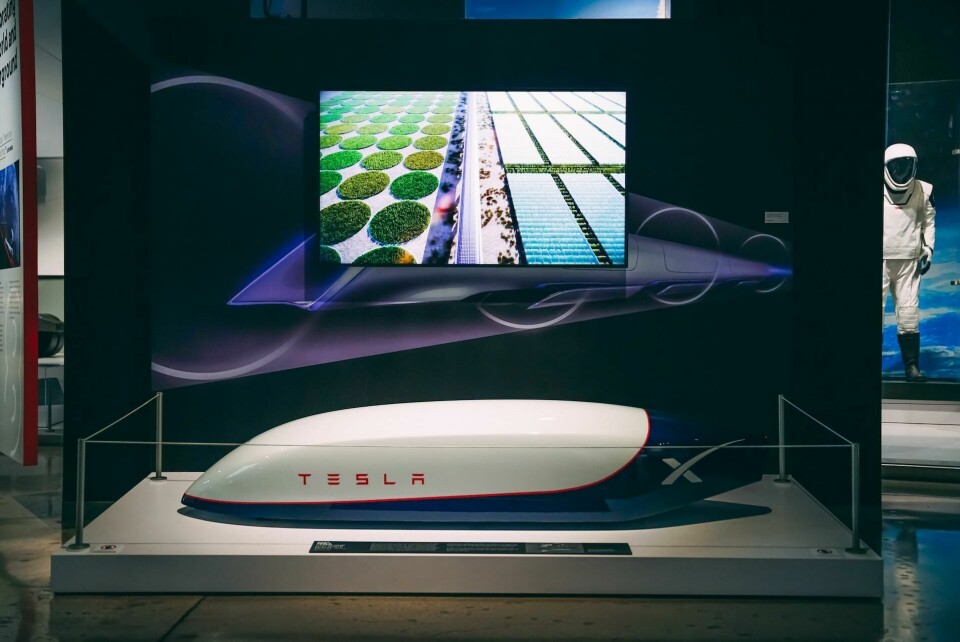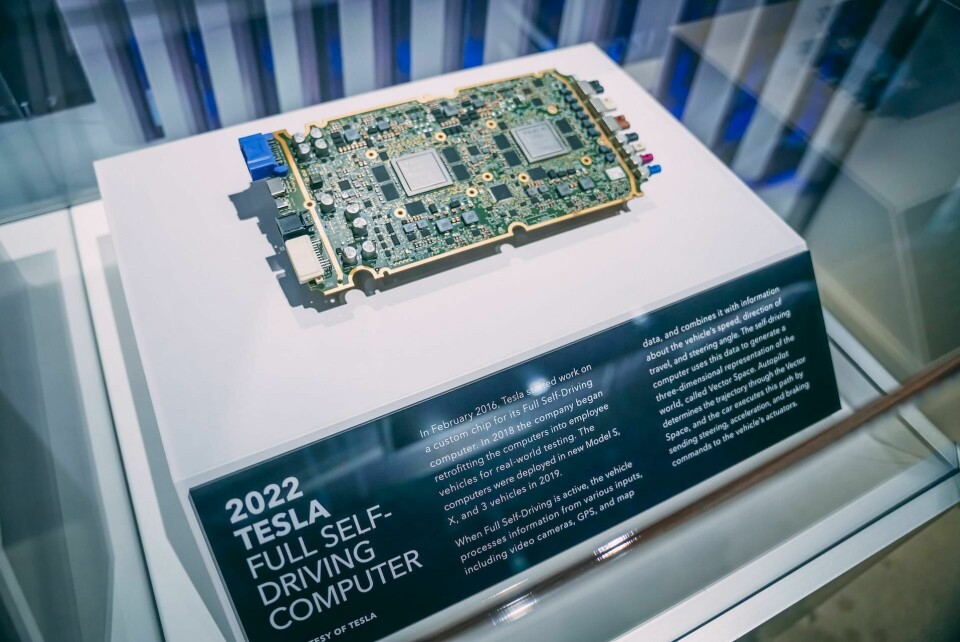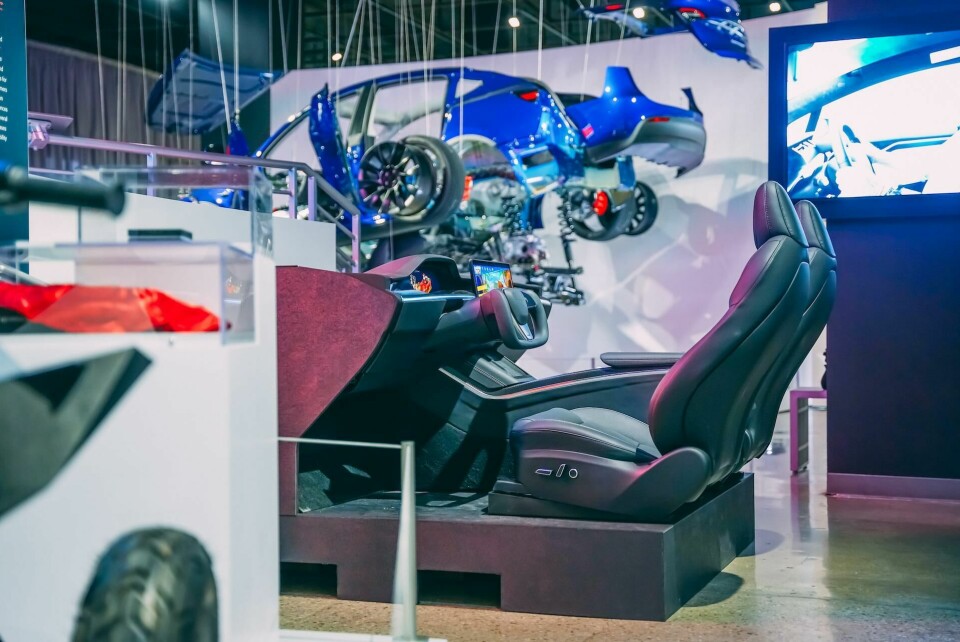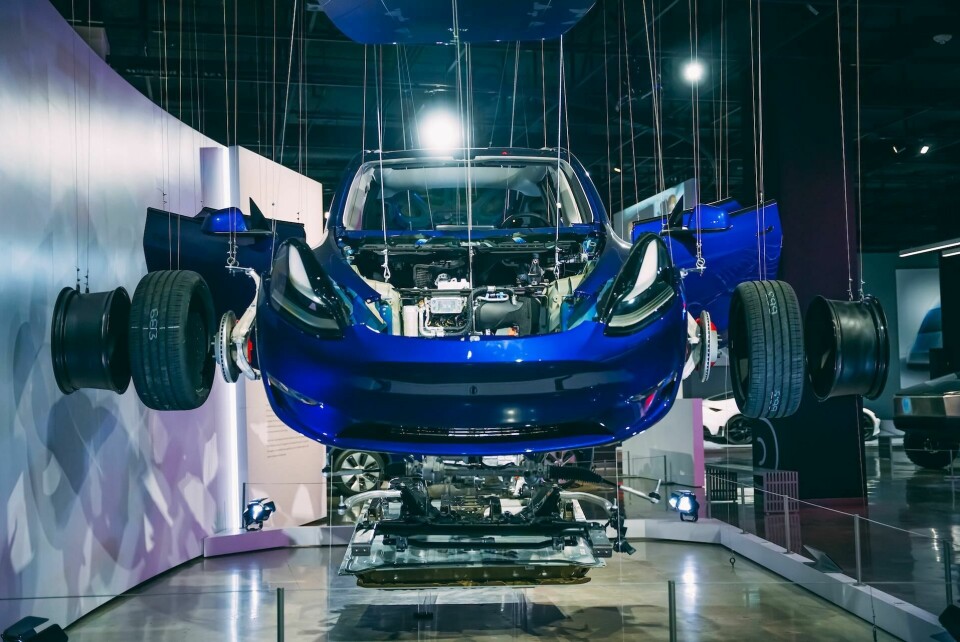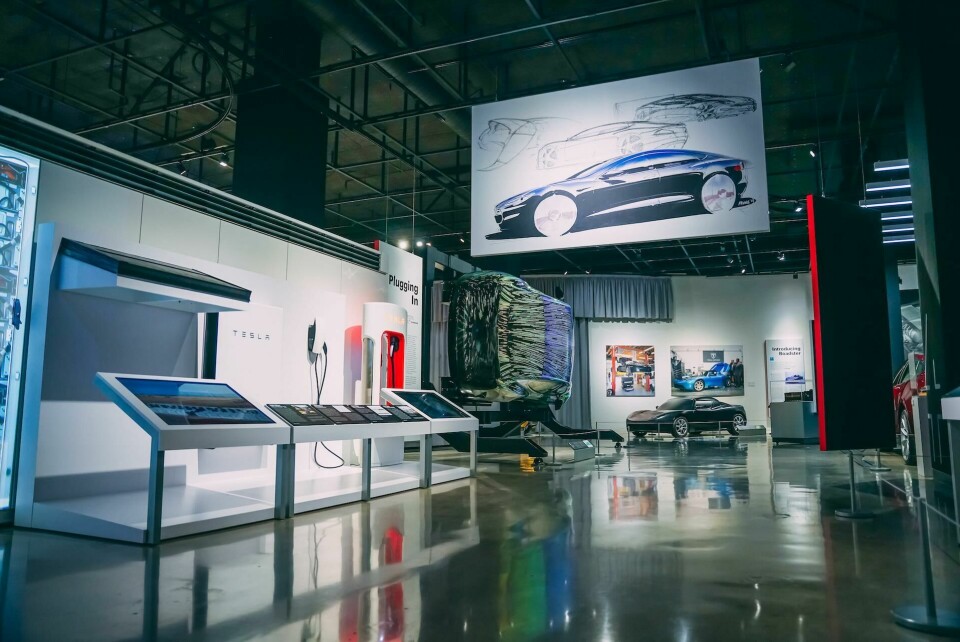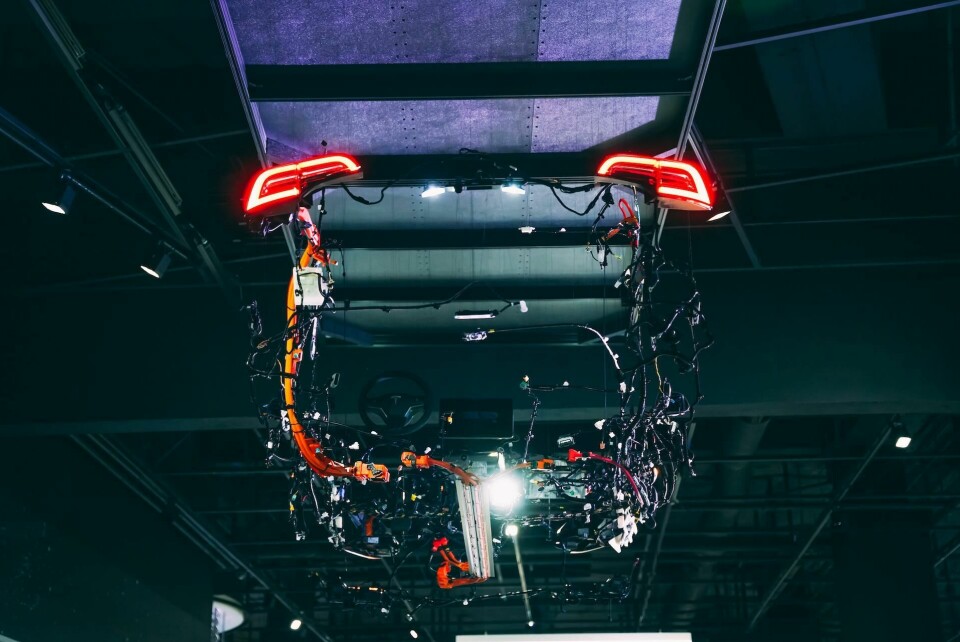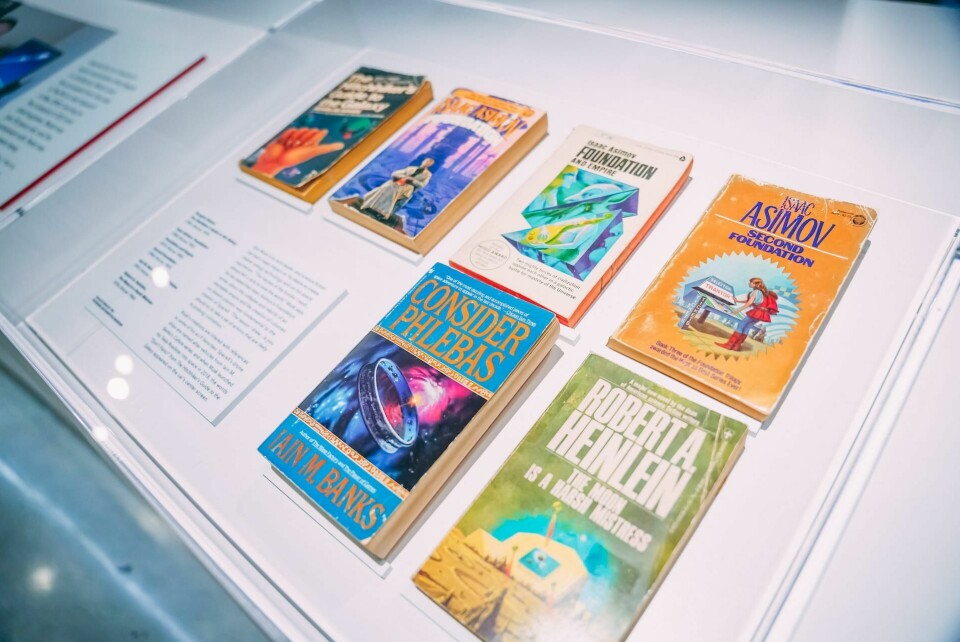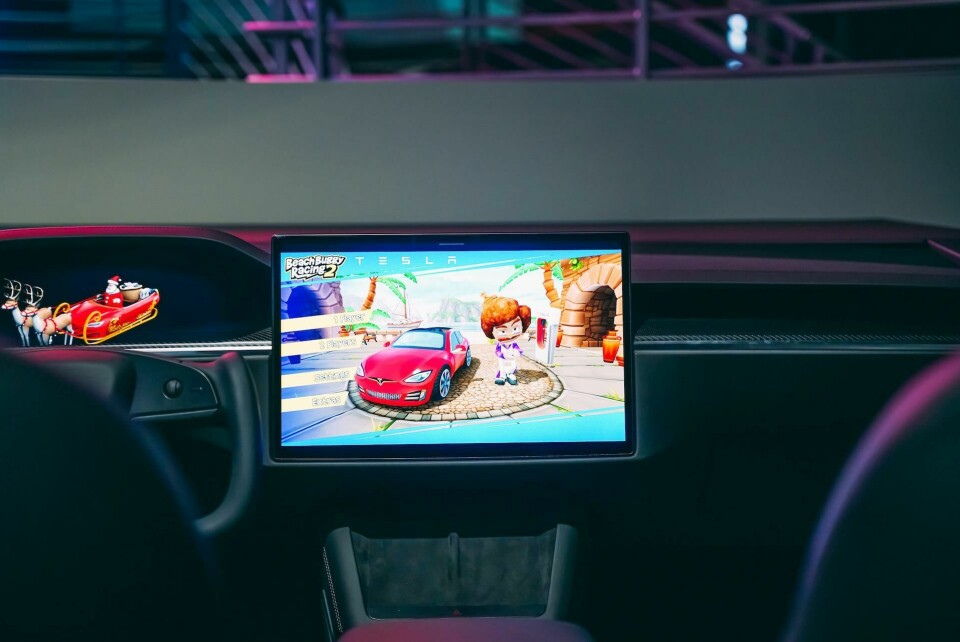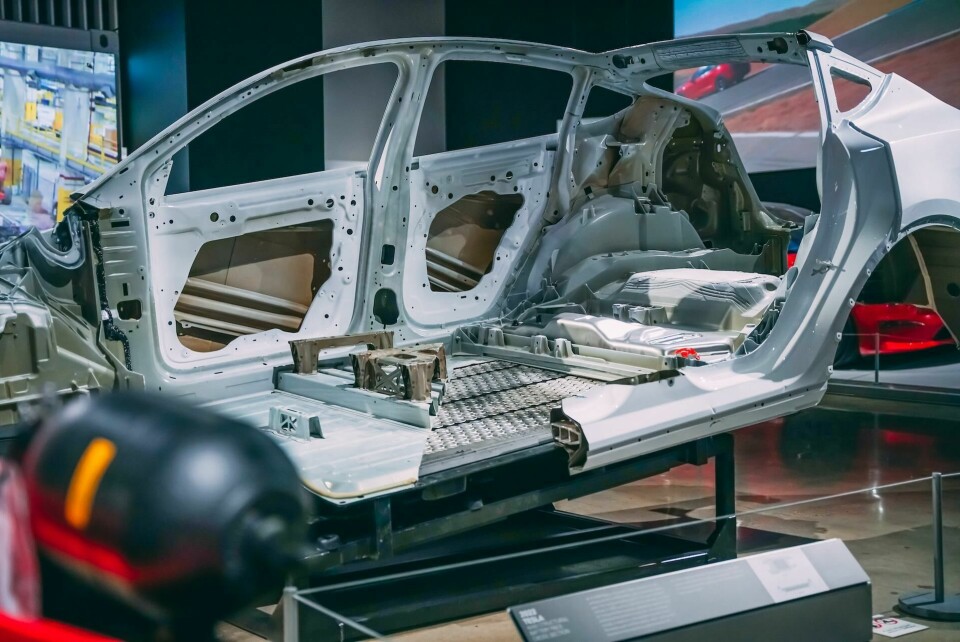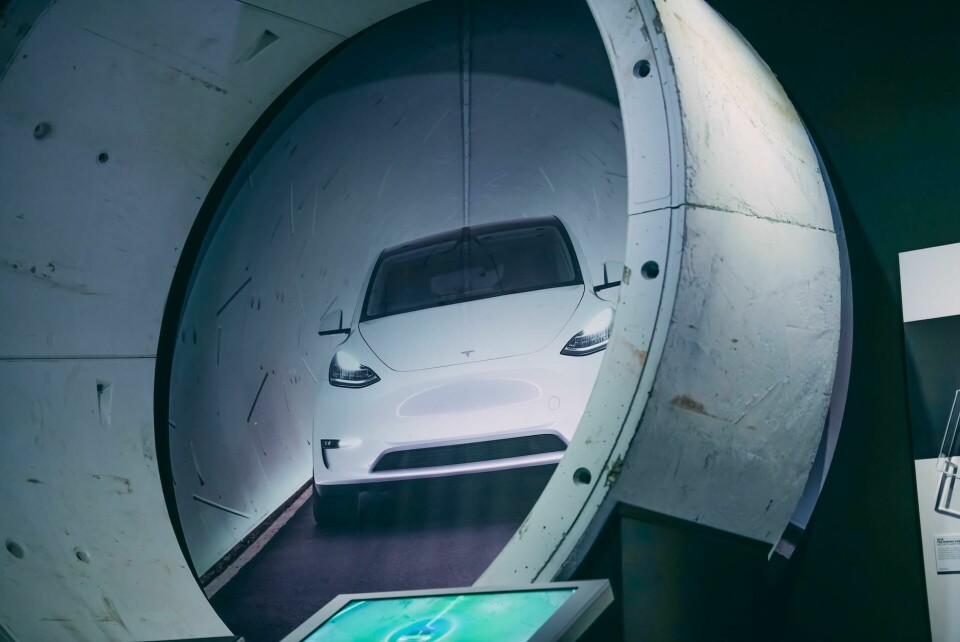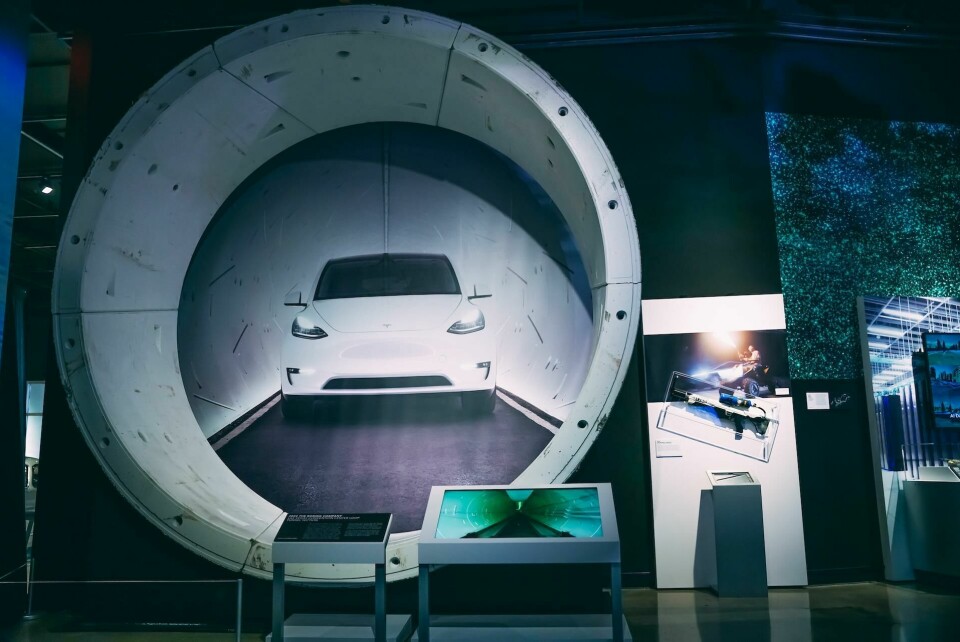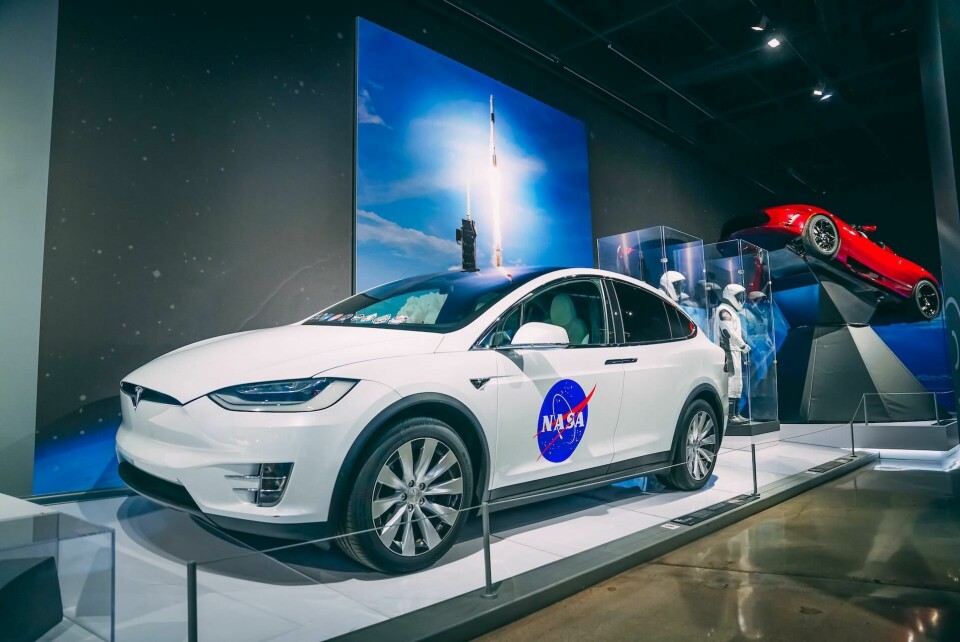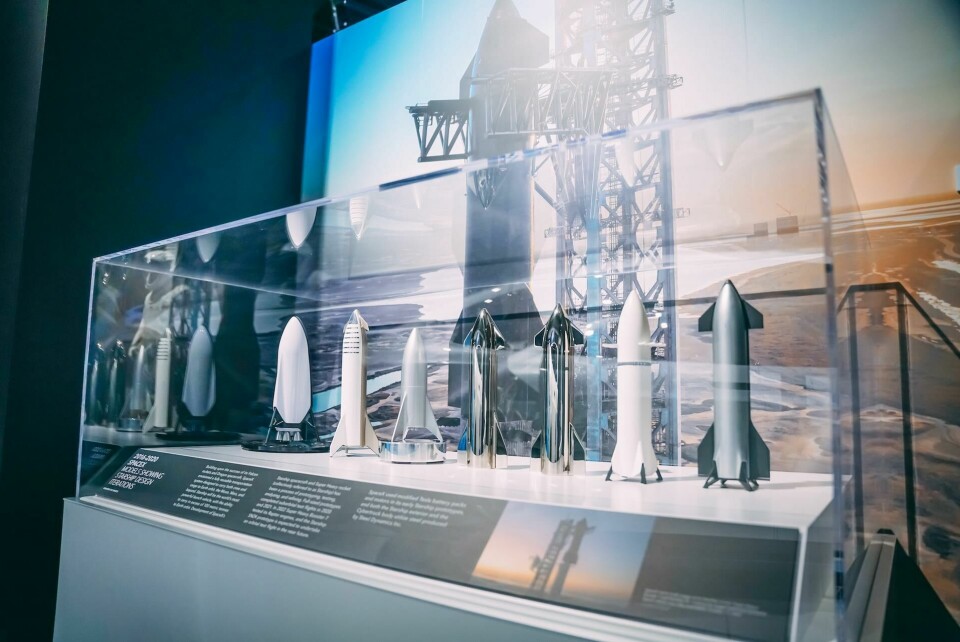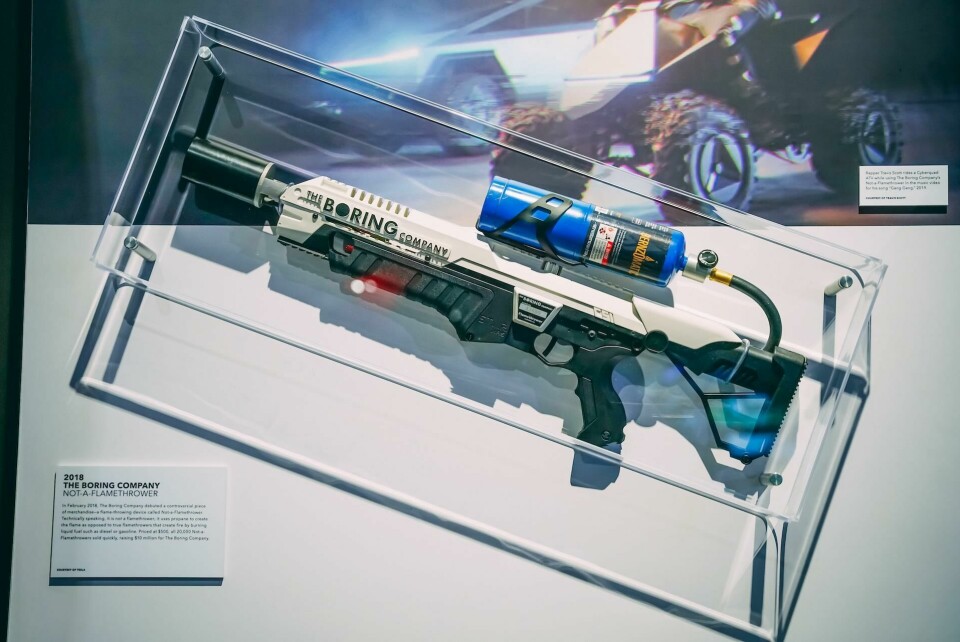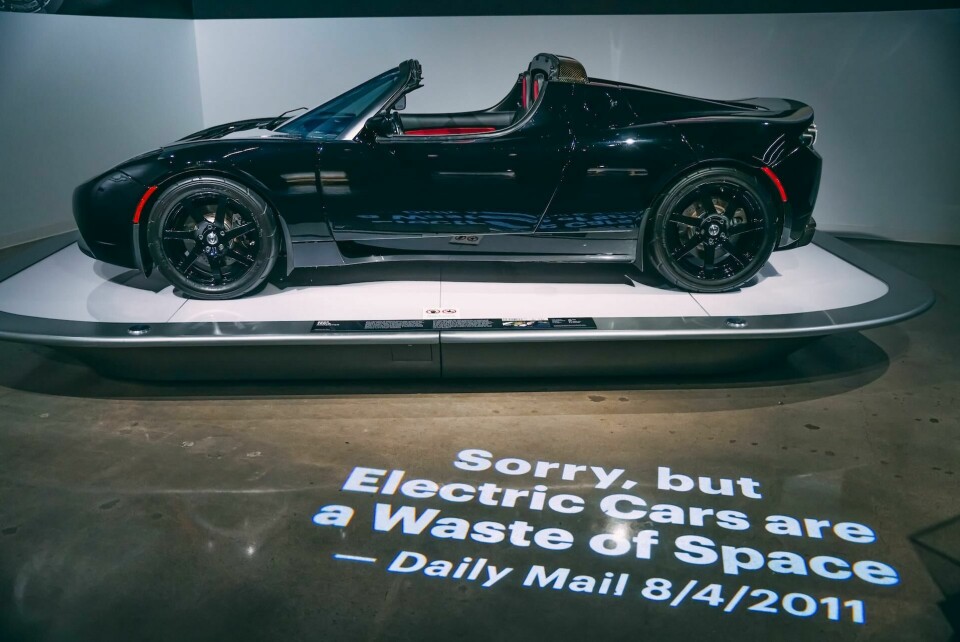
Inside Tesla: a retrospective at the Petersen museum
LA’s famous Petersen Museum has a hot new exhibit that documents the development of Tesla as a brand, the vehicles it has launched, and some models that never (yet) made it to market.
If you are in the Los Angeles area this holiday season, an afternoon at the Petersen Museum would be well worth your time. The newest exhibit there, entitled Inside Tesla: Supercharging the Electric Revolution, looks at the development of the newest (profitable) American OEM to be established in many decades, the vehicles it has brought to market, and indirectly, its eccentric and driven creator.
Yes, it seems too early for a Tesla retrospective — the company only turns twenty next July. But its roots go back into the 1990s and are entwined with Elon Musk’s other ventures, which have their own displays in the exhibit.
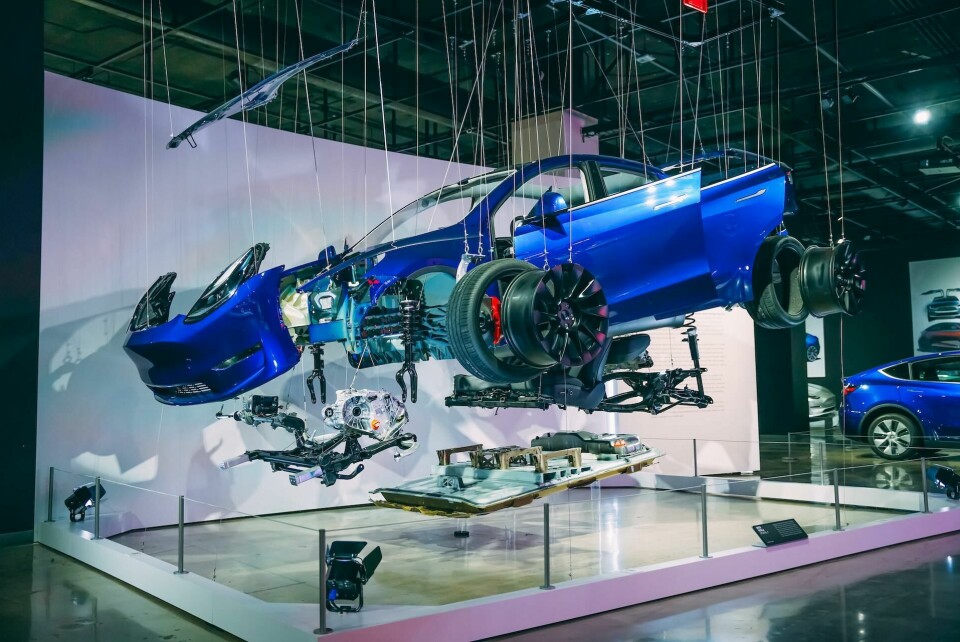
Walking through the exhibit, one can recognise the usual suspects- Models S, 3, X and Y, and the Roadster 2. These show a strong engineering and form language continuity between models, a discipline that exists in only a few companies (Apple Inc. comes to mind). The Cybertruck and Semi are well represented, as are Space X rockets, a Hyperloop pod model and various computer and robot displays.
A bit of a surprise is the display of some of the early Tesla prototypes, including the ur-Tesla, the AC Propulsion tzero*, an early electric prototype that originally was powered by lead-acid batteries, but later converted to lithium-ion batteries by one of Tesla founders. The tzero, the only one of these prototypes still existing, even includes a range extender, a small trailer with a 500cc Kawasaki motorcycle engine. The two vehicles became a working study model for the first Tesla cars.
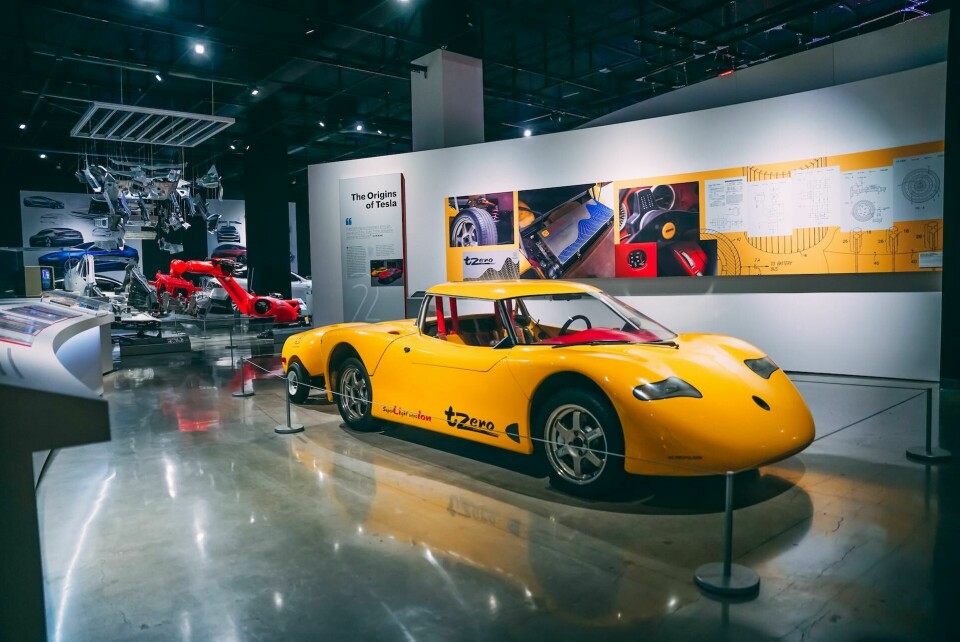
The first-generation Tesla roadster, a converted Lotus Elise (top), is here in several models, including a version of the one (Musk’s personal car) that was launched into space in 2018 on a Space X Falcon Heavy rocket. It can currently be found in a heliocentric orbit that will take it beyond Mars and back around the sun.
Any retrospective of Tesla vehicles has a designer subtext. In this case, it is the latter career of Franz von Holzhausen. Before Tesla, von Holzhausen was already widely respected for his work at Volkswagen, Mazda and General Motors. He joined Tesla in 2008 as Chief Designer, a position he still holds. All Tesla vehicles have been designed by him and his team. Sketches and renderings, most greatly enlarged, hang in different places in the exhibit.
A sketch by Von Holzhausen shows a softer, cab forward truck… An interesting ‘what-might-have been’
Once asked at a design conference (at the Petersen, naturally) about his designs for Tesla, von Holzhausen stated that the designs are an example of Raymond Loewy’s MAYA principle: Most Advanced Yet Acceptable. Noting that the electric powertrain was new and controversial, an advanced, but not science-fiction-y design was deemed the best approach.

Obviously, MAYA was dismissed for the design of Cybertruck, which has a polarising, trapezoidal form. But a sketch by Von Holzhausen, hanging above the Cybertruck and enlarged to giant poster size, shows a softer, cab forward truck that is not as strident in its straight-edge geometry as is the final prototype design. It remains an interesting ‘what-might-have been’.
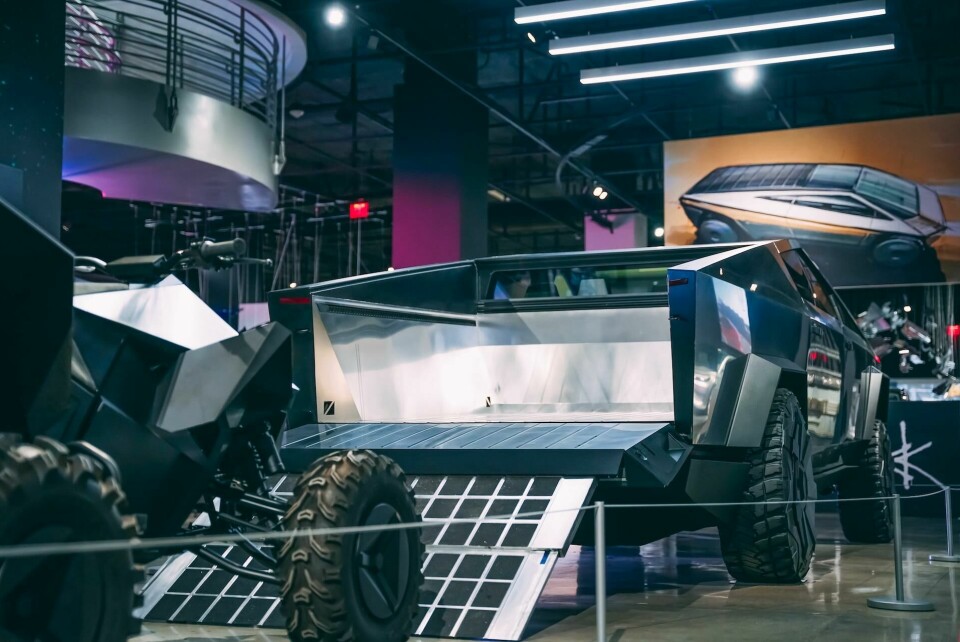
If you go to the Petersen exhibit looking for a “lost Tesla” design, a ‘missing link’, you will be disappointed. Other than the early Cybertruck study mentioned above, only the Tesla Semi has a row of study models, each variation looking for an optimal form. These are very interesting in themselves and are placed below a 2/5 scale clay model of the Semi. The full-scale Semi sits in the Porte-Cochere outside the museum’s main entrance. But no secret Tesla car exists, at least in this exhibit.
Any retrospective of Tesla invites a look at Elon Musk, who, contrary to popular misconception, did not found the company. But Musk soon became the largest shareholder, and through a legal settlement, became listed as one of the co-founders. By 2008 he became CEO and Tesla and Musk soon became synonymous.
Opinions of Musk tend to ride a cyclical wave, and at the moment public and private sentiment is at its nadir
But Tesla is only one of Musk’s many business ventures. Space X is perhaps the best known of these. His work in rockets is nothing short of revolutionary and has almost single-handedly revived a moribund US Space programme, though NASA would doubtless dispute this. Other companies, like the Boring Company, seem ridiculous, and yet his crazy tunnels and Hyperloops have revived the idea of subterranean mobility at a time when standard subway construction costs upwards of $1 billion dollars per mile.
Other businesses, such as solar panels and Powerwall systems seem far-fetched, but fit well into Musk’s ideas of self-sufficient energy generation. Not since Henry Ford, who thought hemp oil could power Model Ts and thus allow Ford owners to grow their own fuel, has there been such a vision for personal mobility and energy independence.
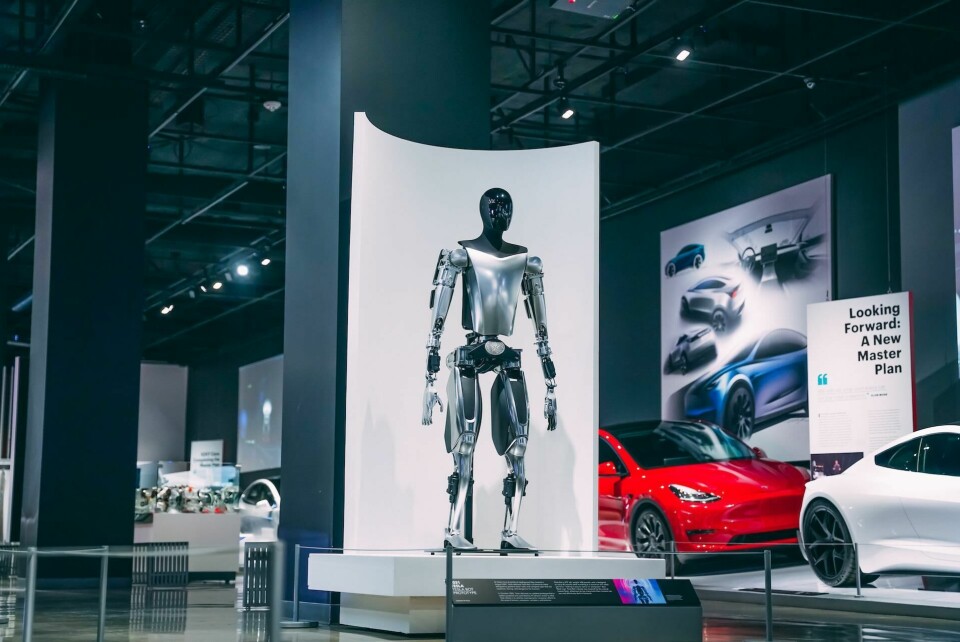
It’s virtually impossible to have an unalloyed opinion of Musk. Those who subscribe to his cult of personality, the ‘Musketeers’ who worship his many achievements, must admit he is a megalomaniac and a beast to work for. On the other hand, those who despise him for his eccentric, abusive, and shape-shifting ways must also admit that he has implemented ideas that have seemed impossible, and jolted the automobile and space industries into the 21st century, much as Henry Ford, one hundred years ago, brought automaking out of the coachbuilding era and into the 20th century.
Opinions of Musk tend to ride a cyclical wave, and at the moment public and private sentiment is at its nadir thanks to his acquisition and apparent dismantling of the social media platform Twitter. The once-unimaginable collapse of the platform now looks like a distinct possibility. Such a disaster threatens not only the users and their online communities, but Musk himself and maybe even, indirectly, Tesla and Space X.
Could this be the Elon Musk Waterloo? Maybe. But Musk has been here many times before. Perhaps he even courts such disaster scenarios. Many thought both Space X and Tesla would never even launch, much less become profitable. The Model 3 was seen as the car that would break Tesla. The Boring Company could never bore a tunnel underground. And so forth.
Regardless of how the Twitter fiasco plays out, the final chapter of the Musk story is not written. The man is only 50, and has many years of mad scientist, world-changing ideas ahead of him. When he is gone – possibly to Mars – we will, no doubt, owe him a debt of gratitude beyond what we can ever repay.
